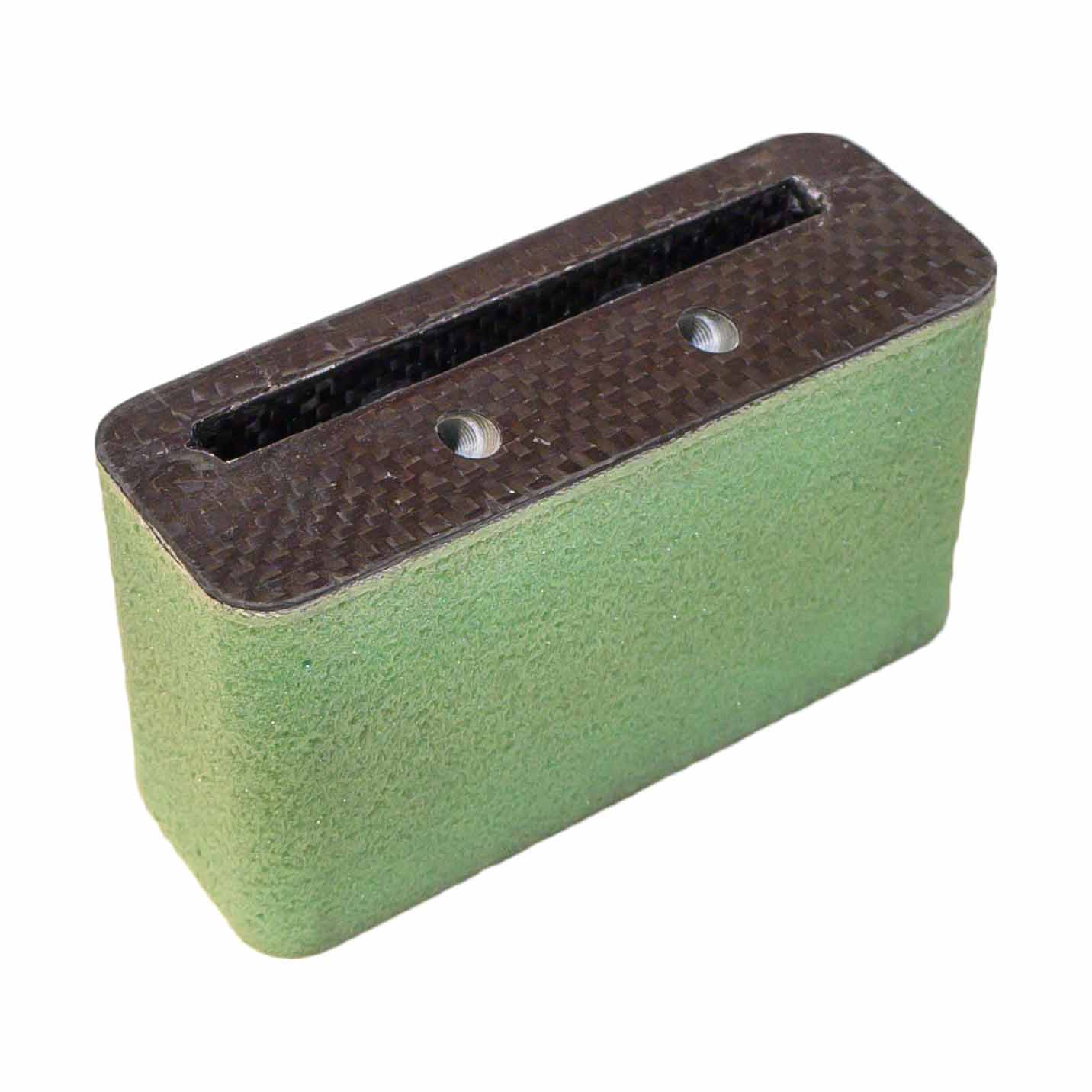

- 持続可能な企業活動を営むためには、健全で透明性の高い組織運営が不可欠です。 dqg(ディークエスト グループ)は、国際社会においてますます重要となる『人と組織のためのリスクマネジメント』の取り組みに対し、質の高い情報、システム、教育、ノウハウを提供し、御社の.
- ResumeMatch - Sample Resume, Resume Template, Resume Example, Resume Builder,Resume linkedin,Resume Grade,File Convert. Cover Letter for Jobs.
If you would like to know more about how Hall-Fast Industrial Supplies Ltd can provide the perfect solution for you, Please contact us at the address below, e-mail us at: email protected, or alternatively fill in our enquiry form. Generating long, high-quality random passwords is not simple. So here is some totally random raw material, generated just for YOU, to start with. Every time this page is displayed, our server generates a unique set of custom, high quality, cryptographic-strength password strings which are safe for you to use.
| Perfect Passwords GRC's Ultra High Security Password Generator |
| 2,138 sets of passwords generated per day 34,286,480 sets of passwords generated for our visitors |
DETECT 'SECURE' CONNECTION INTERCEPTION with GRC's NEW HTTPS fingerprinting service!! |
Generating long, high-quality random passwords is not simple. So here is some totally random raw material, generated just for YOU, to start with. Every time this page is displayed, our server generates a unique set of custom, high quality, cryptographic-strength password strings which are safe for you to use: |

64 random hexadecimal characters (0-9 and A-F):
|
63 random printable ASCII characters:
|

- 持続可能な企業活動を営むためには、健全で透明性の高い組織運営が不可欠です。 dqg(ディークエスト グループ)は、国際社会においてますます重要となる『人と組織のためのリスクマネジメント』の取り組みに対し、質の高い情報、システム、教育、ノウハウを提供し、御社の.
- ResumeMatch - Sample Resume, Resume Template, Resume Example, Resume Builder,Resume linkedin,Resume Grade,File Convert. Cover Letter for Jobs.
If you would like to know more about how Hall-Fast Industrial Supplies Ltd can provide the perfect solution for you, Please contact us at the address below, e-mail us at: email protected, or alternatively fill in our enquiry form. Generating long, high-quality random passwords is not simple. So here is some totally random raw material, generated just for YOU, to start with. Every time this page is displayed, our server generates a unique set of custom, high quality, cryptographic-strength password strings which are safe for you to use.
| Perfect Passwords GRC's Ultra High Security Password Generator |
| 2,138 sets of passwords generated per day 34,286,480 sets of passwords generated for our visitors |
DETECT 'SECURE' CONNECTION INTERCEPTION with GRC's NEW HTTPS fingerprinting service!! |
Generating long, high-quality random passwords is not simple. So here is some totally random raw material, generated just for YOU, to start with. Every time this page is displayed, our server generates a unique set of custom, high quality, cryptographic-strength password strings which are safe for you to use: |
64 random hexadecimal characters (0-9 and A-F):
|
63 random printable ASCII characters:
|
63 random alpha-numeric characters (a-z, A-Z, 0-9):
|
| Click your web browser's 'refresh' button a few times and watch the password strings change each time. What makes these perfect and safe? Whether you're a baccarat beginner trying to understand the basics or an experienced master of the game trying to test out your latest strategy. We invite you to play for fun on my baccarat trainer before risking real money in a casino or on your mobile. This is one of our proudest games where at the Wizard of Odds. What are the odds for baccarat. As I show in my baccarat appendix 2 a shoe rich in small cards favors the player and a shoe rich in large cards favors the banker. Thus, in baccarat, there is an extremely slight disposition that the next outcome will be the opposite of the last. So, yes, the odds do change in baccarat as the cards play out, but only to a very small extent. Also, because this page will only allow itself to be displayed over a snoop-proof and proxy-proof high-security SSL connection, and it is marked as having expired back in 1999, this page which was custom generated just now for you will not be cached or visible to anyone else. Therefore, these password strings are just for you. No one else can ever see them or get them. You may safely take these strings as they are, or use chunks from several to build your own if you prefer, or do whatever you want with them. Each set displayed are totally, uniquely yours — forever. The 'Application Notes' section below discusses various aspects of using these random passwords for locking down wireless WEP and WPA networks, for use as VPN shared secrets, as well as for other purposes. The 'Techie Details' section at the end describes exactly how these super-strong maximum-entropy passwords are generated (to satisfy the uber-geek inside you). |
Application Notes: A note about 'random' and 'pseudo-random' terminology: There are ways to generate absolutely random numbers, but computer algorithms cannot be used for that, since, by definition, no deterministic mathematical algorithm can generate a random result. Electrical and mechanical noise found in chaotic physical systems can be tapped and used as a source of true randomness, but this is much more than is needed for our purposes here. High quality algorithms are sufficient. The deterministic binary noise generated by my server, which is then converted into various displayable formats, is derived from the highest quality mathematical pseudo-random algorithms known. In other words, these password strings are as random as anything non-random can be. This page's password 'raw material': 64 hex characters = 256 binary bits: |
Bozo Clothing
|
| Each of the 64 hexadecimal characters encodes 4 bits of binary data, so the entire 64 characters is equivalent to 256 binary bits — which is the actual binary key length used by the WiFi WPA pre-shared key (PSK). Some WPA-PSK user interfaces (such as the one in Windows XP) allows the 256-bit WPA pre-shared key to be directly provided as 64 hexadecimal characters. This is a precise means for supplying the WPA keying material, but it is ONLY useful if ALL of the devices in a WPA-protected WiFi network allow the 256-bit keying material to be specified as raw hex. If any device did not support this mode of specification (and most do not) it would not be able to join the network. Using fewer hex characters for WEP encryption: WEP key strength (key length) is sometimes confusing because, although there are only two widely accepted standard lengths, 40-bit and 104-bit, those lengths are sometimes confused by adding the 24-bit IV (initialization vector) counter to the length, resulting in 64-bit and 128-bit total key lengths. However, the user only ever specifies a key of either 40 or 104 binary bits. Since WEP keys should always be specified in their hexadecimal form to guarantee device interaction, and since each hex digit represents 4 binary bits of the key, 40 and 104 bit keys are represented by 10 and 26 hex digits respectively. So you may simply snip off whatever length of random hex characters you require for your system's WEP key. Note that if all of your equipment supports the use of the new longer 256/232 bit WEP keys, you would use 232/4 or 58 hexadecimal characters for your pre-shared key.
|
|
| The more 'standard' means for specifying the 256-bits of WPA keying material is for the user to specify a string of up to 63 printable ASCII characters. This string is then 'hashed' along with the network's SSID designation to form a cryptographically strong 256-bit result which is then used by all devices within the WPA-secured WiFi network. (The ASCII character set was updated to remove SPACE characters since a number of WPA devices were not handling spaces as they should.)
|
|
| If some device was not following the WiFi Alliance WPA specification by not hashing the entire printable ASCII character set correctly, it would end up with a different 256-bit hash result than devices that correctly obeyed the specification. It would then be unable to connect to any network that uses the full range of printable ASCII characters. Since we have heard unconfirmed anecdotal reports of such non-compliant WPA devices (and since you might have one), this page also offers 'junior' WPA password strings using only the 'easy' ASCII characters which even any non-fully-specification-compliant device would have to be able to properly handle. If you find that using the full random ASCII character set within your WPA-PSK protected WiFi network causes one of your devices to be unable to connect to your WPA protected access point, you can downgrade your WPA network to 'easy ASCII' by using one of these easy keys. And don't worry for a moment about using an easy ASCII key. If you still use a full-length 63 character key, your entire network will still be EXTREMELY secure. And PLEASE drop us a line to let us know that you have such a device and what it is!
When these passwords are used to generate pre-shared keys for protecting WPA WiFi and VPN networks, the only known attack is the use of 'brute force' — trying every possible password combination. Brute force attackers hope that the network's designer (you) were lazy and used a shorter password for 'convenience'. So they start by trying all one-character passwords, then two-character, then three and so on, working their way up toward longer random passwords.
Note that while this 'the longer the better' rule of thumb is always true, long passwords won't protect legacy WEP-protected networks due to well known and readily exploited weaknesses in the WEP keying system and its misuse of WEP's RC4 encryption. With WEP protection, even a highly random maximum-entropy key can be cracked in a few hours. (Listen to Security Now! episode #11 for the full story on cracking WEP security.)
|
While the diagram above might at first seem a bit confusing, it is a common and well understood configuration of standard cryptographic elements. A succinct written description of the algorithm would read: 'Rijndael (AES) block encryption of never-repeating counter values in CBC mode.' CBC stands for 'Cipher Block Chaining' and, as I describe in detail in the second half of Security Now! Episode #107, CBC provides necessary security in situations where some repetition or predictability of the 'plaintext' message is present. Since the 'plaintext' in this instance is a large 128-bit steadily-increasing (monotonic) counter value (which gives us our guaranteed never-to-repeat property, but is also extremely predictable) we need to scramble it so that the value being encrypted cannot be predicted. This is what 'CBC' does: As the diagram above shows, the output from the previous encryption operation is 'fed back' and XOR-mixed with the incrementing counter value. This prevents the possibility of determining the secret key by analysing successive counter encryption results. One last detail: Since there is no 'output from the previous encryption' to be used during the encryption of the first block, the switch shown in the diagram above is used to supply a 128-bit 'Initialization Vector' (which is just 128-bits of secret random data) for the XOR-mixing of the first counter value. Thus, the first encryption is performed on a mixture of the 128-bit counter and the 'Initialization Vector' value, and subsequent encryptions are performed on the mixture of the incrementing counter and the previous encrypted result. The result of the combination of the 256-bit Rijndael/AES secret key, the unknowable (therefore secret) present value of the 128-bit monotonically incrementing counter, and the 128-bit secret Initialization Vector (IV) is 512-bits of secret data providing extremely high security for the generation of this page's 'perfect passwords'. No one is going to figure out what passwords you have just received. How much security do 512 binary bits provide? Well, 2^512 (2 raised to the power of 512) is the total number of possible combinations of those 512 binary bits — every single bit of which actively participates in determining this page's successive password sequence. 2^512 is approximately equal to: 1.34078079 x 10^154, which is this rather amazing number:
|
Box Slit
Gibson Research Corporation is owned and operated by Steve Gibson. The contents of this page are Copyright (c) 2020 Gibson Research Corporation. SpinRite, ShieldsUP, NanoProbe, and any other indicated trademarks are registered trademarks of Gibson Research Corporation, Laguna Hills, CA, USA. GRC's web and customer privacy policy. |

